
1920
The Begininng
In a daring move during the roaring demand in the 1920s, Morris Motors seized the opportunity to transform its modest passenger car, the “Oxford”, into a commercial vehicle. Witness the birth of Morris Commercial Cars Ltd in 1924, as William Morris acquires the axle manufacturer E.G. Wrigley & Co. Ltd’s factory in Soho, Birmingham, signalling a dramatic leap into the world of light and heavy-duty commercial vehicles.
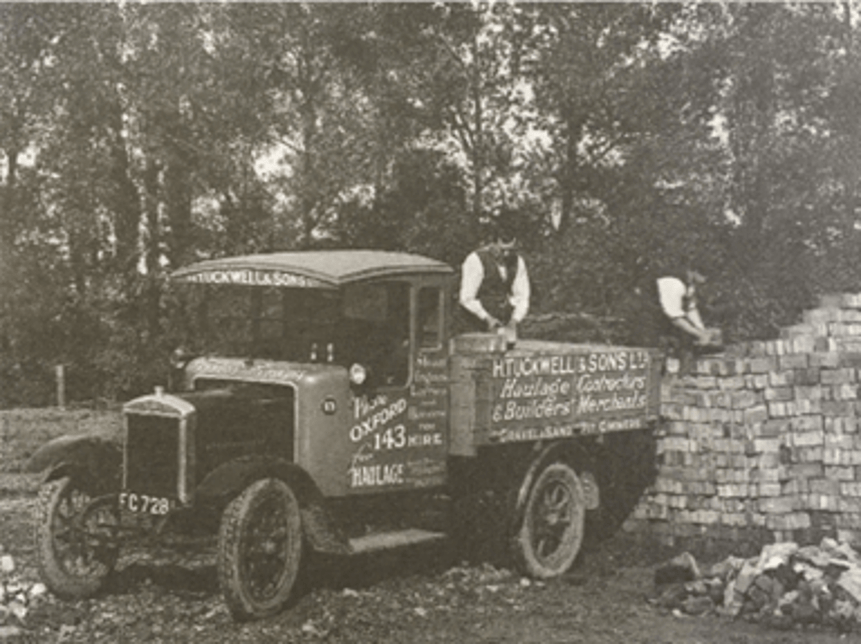
1920 – 1924
MORRIS T-TYPE
Embarking on an ambitious journey, Morris Commercial Cars introduced its first model, the one-ton “Morris T-Type”, a commercial innovation with the power of the Oxford’s 13.9hp engine and with brakes at the rear wheels only, the T-Type was a great success, offering a variety of body styles dressed with Morris’s own coach work or a rolling chassis option for customised installations.

1924 – 1968
an extensive model range
From 1924 to 1968, Morris Commercial dominated the UK’s commercial vehicle market, engineering and manufacturing an astonishing 85 different vehicle types. Ranging from agile car-derived vans to large mighty multi-ton trucks, heavy lorries, pickups, single and double decker buses, tractors, tipper trucks, ambulances, fire engines and military vehicles, Morris Commercial stood as a stalwart provider in the industry.
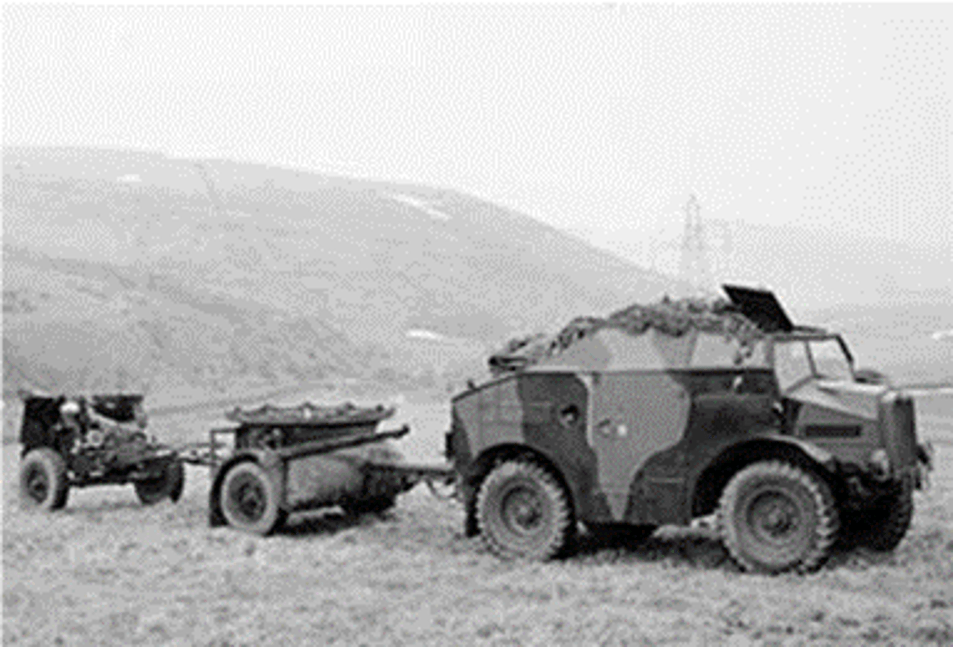
1933
Morris Military Vehicles
At the forefront of military vehicle production, Morris Commercial unveiled the iconic “CS8”, the first purpose-built general military service truck in 1933. The vehicles were produced in many variants during 1934 to 1941. The company’s wartime contributions extended to engineering and producing the “PU” (pick up) and the “Terrapin” amphibious vehicle, solidifying their position as a key player in military logistics.

1939
Wartime (World War II)
During World War II, Morris Commercial then emerged as a vital cog in the British war machine. Producing military vehicles, tanks, gun platforms, transmission units for torpedoes and anti-submarine weapons. They also built components for the Rolls-Royce Merlin and Griffin aero engines, and many other components for weaponry as the company played a pivotal role in supporting the British Army’s efforts on many fronts.
1948
The Iconic J-Type
First unveiled at the Commercial Transport Show at Earls Court London in 1948 alongside the most famous Morris Minor, the fabulous “J-Type”, a forward-control van boasting sliding doors and a very generous cargo capacity, marketed as a vehicle for business, immediately wowed the public. From 1949 to 1961, the J-Type soared to global success, contributing significantly to the UK’s export income.
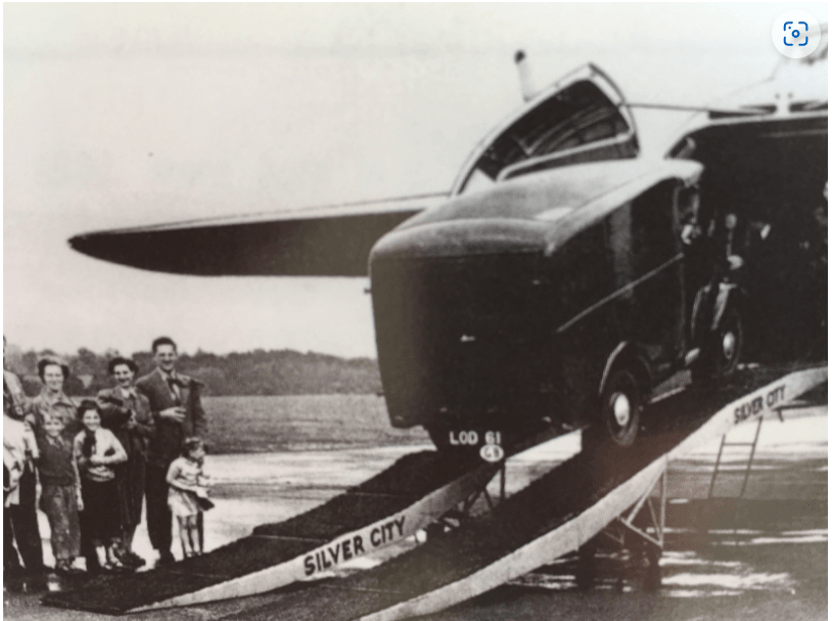
Global Sales Success
Experiencing a unprecedented growth, Morris Commercial became the world’s largest commercial vehicle manufacturer by the 1950s. Exporting to over 25 countries, including Australia, New Zealand, Canada, Kenya, Ceylon (Sri Lanka), Denmark, South Africa, Mexico, the Bahamas, Holland, Malta, Norway, Sweden, Pakistan, Switzerland and Thailand, they played a vital role in post-World War II economic recovery for Britain.

1952
British Motor Corporation
In a strategic move, Morris and Austin merged in 1952 to form the British Motor Corporation (BMC). Facing tough competition from American giants like Ford, this union aimed to strengthen the brands and expand overseas. During 1950s and 1960s, BMC became a global force with 21 plants worldwide, including Australia’s ‘Complete Knocked Down’ “CKD” assembly facility in Melbourne where amongst other products, the J-Type van was assembled for eager Australian and New Zealand based customers. The Austin Brand was also bestowed on some Morris Commercial models.
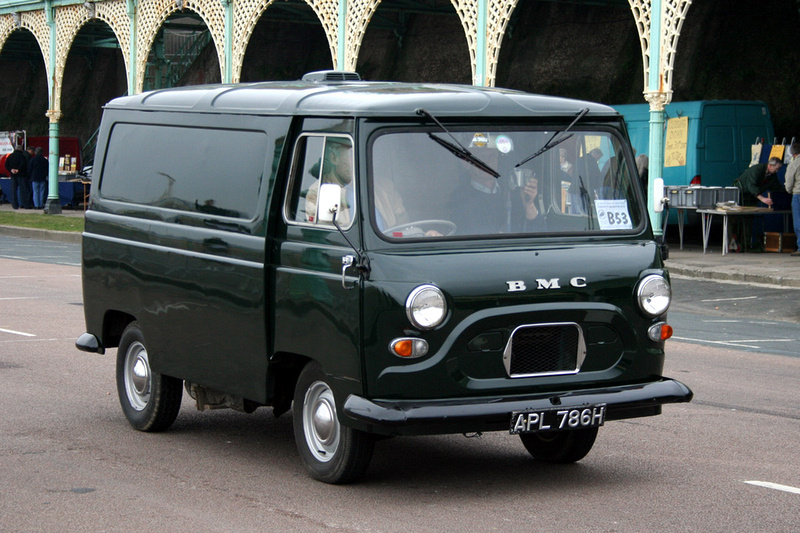
1965
Growth Through Mergers
Fuelling growth through further mergers, BMC took control of Pressed Steel in 1965 and then merged with Jaguar Cars in 1966, forming British Motor Holdings Ltd (BMH). The subsequent merger with the Leyland Motor Corporation which made Leyland trucks and buses and who also owned Triumph in 1968 led to the final birth of British Leyland Motor Corporation (BLMC), signalling a new era.
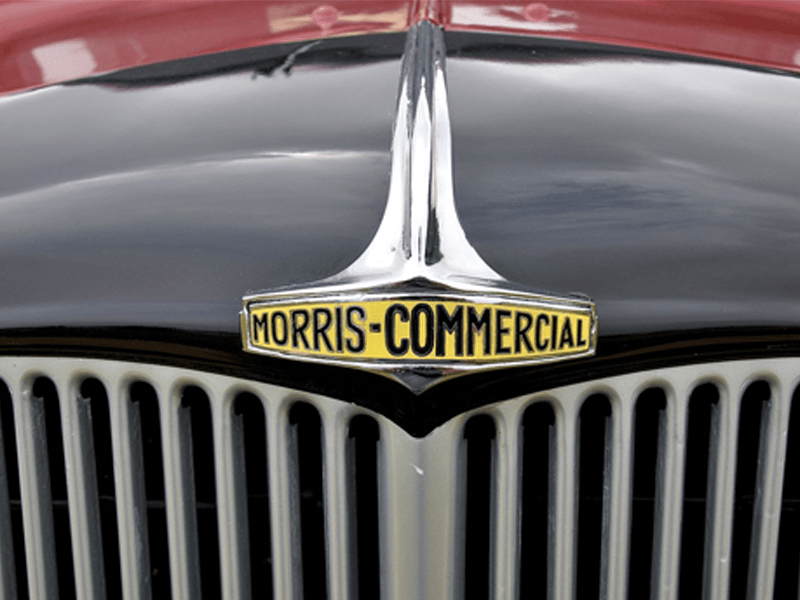
1965
The End of an Era
Sadly, the glory days of Morris Commercial’s first chapter ended on 1st January 1968, as all Morris and Austin vehicles from then on, carried the “BMC” badge instead of the individual marque names. The iconic Adderley Park facility, the heart of Morris Commercial production, shuttered its doors in 1971 following a factory fire, marking the poignant end of an era of production for the famous Morris Commercial vehicles that had served the people for half a century.

